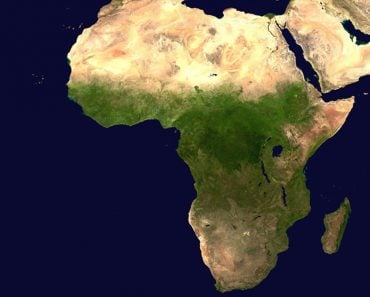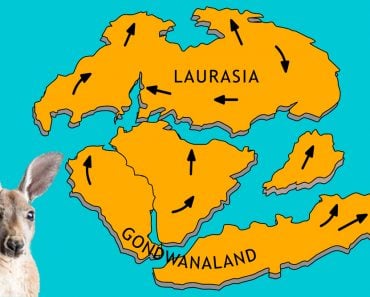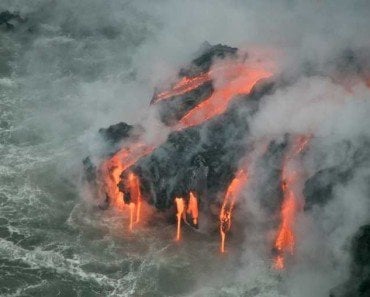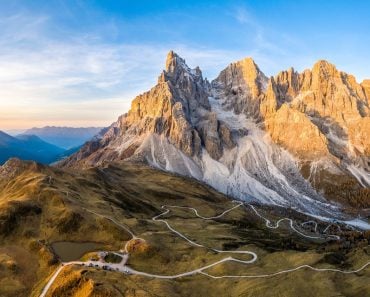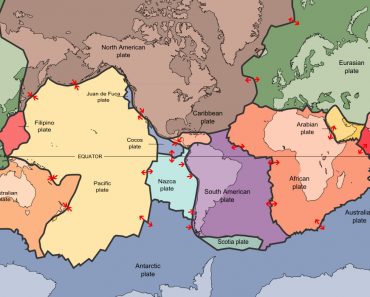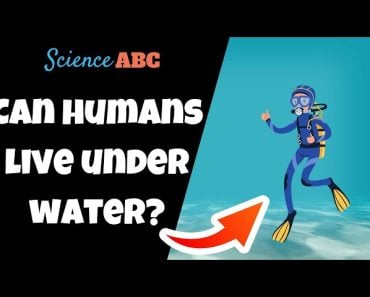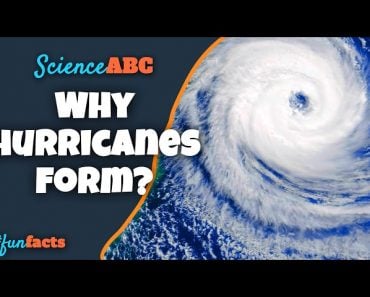Table of Contents (click to expand)
The phenomena of seafloor spreading and plate subduction are responsible for the widening and shortening of the Atlantic and Pacific oceans, respectively.
Everything around us is changing all the time, and while it may be at a slower pace than we’re accustomed to, it’s still happening right before our eyes!
Take the size of our oceans, for example. Did you know that the Pacific Ocean is gradually shrinking, while the Atlantic Ocean is expanding?
It’s true! But why is this happening, you might wonder?
The answer lies in the fascinating science of plate tectonics.
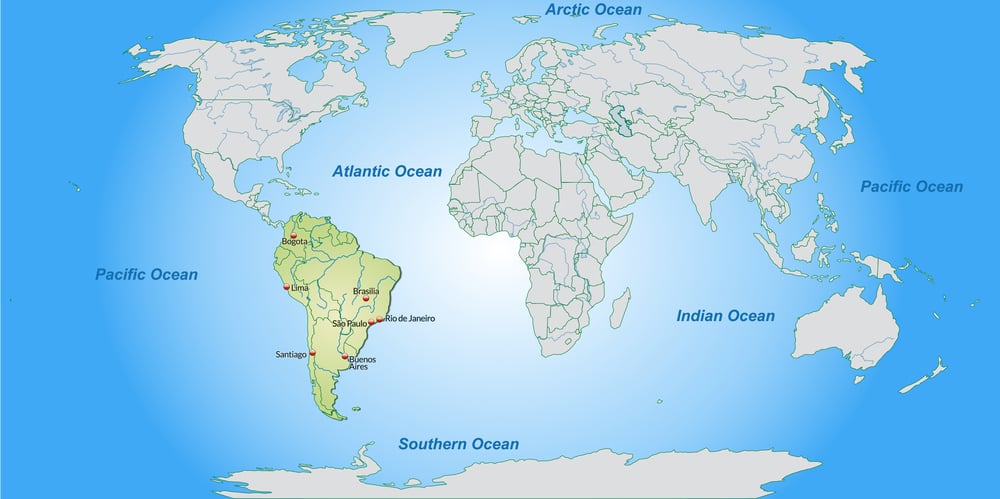
Recommended Video for you:
A Bit About Plate Tectonics
Before diving into the reasons for the shifting sizes of the Atlantic and Pacific Oceans, let’s review the fundamentals of plate tectonics.
The lithosphere is the Earth’s solid outer layer. It consists of the Earth’s crust and the uppermost portion of the mantle; it is divided into large and small plates. These plates move on the asthenosphere, a plastic-like part of the mantle. Convective currents in the mantle are the reason for this plate movement.
Divergent, convergent, and transform are the three types of plate boundaries. Two plates move apart at divergent boundaries, forming new crust and spreading the ocean floor. Two plates move towards each other at convergent boundaries, and one plate may slide beneath the other, forming a subduction zone. At transform boundaries, two plates slide past each other in parallel directions.
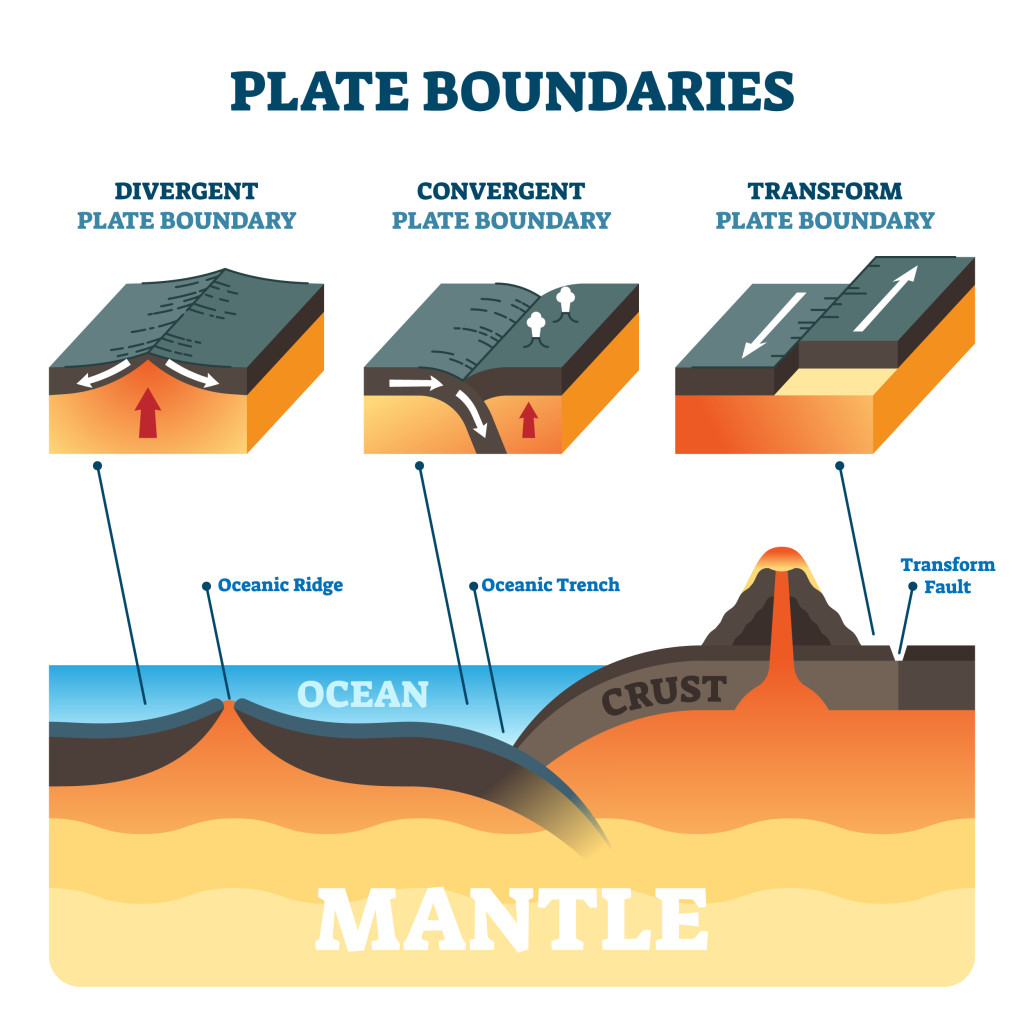
The Atlantic Ocean Is Widening
The Atlantic Ocean on our planet is a natural wonder! Consider a vast body of water that accommodates more than 20% of the Earth’s surface. That’s right, the Atlantic Ocean is the world’s second-largest ocean, covering an incredible 106.5 million square kilometers.
As we previously stated, however, this figure is changing.
So why does the Atlantic Ocean continue to grow? The mid-Atlantic ridge is a long chain of undersea mountains that separates two tectonic plates: the North American plate and the Eurasian plate. This movement causes magma from the Earth’s mantle to rise to the surface, resulting in the formation of new crust. This is known as seafloor spreading.
Consider a conveyor belt in a factory to better understand seafloor spreading. On the belt, the plates are like two pieces of fabric moving in opposite directions. The molten rock from the mantle is analogous to the material being added to the belt between the two fabric pieces.
New fabric is added to the belt as it moves, and the two pieces move further apart. A rift valley is formed when the plates move away from each other. The valley is filled with water, resulting in the formation of a new oceanic basin.
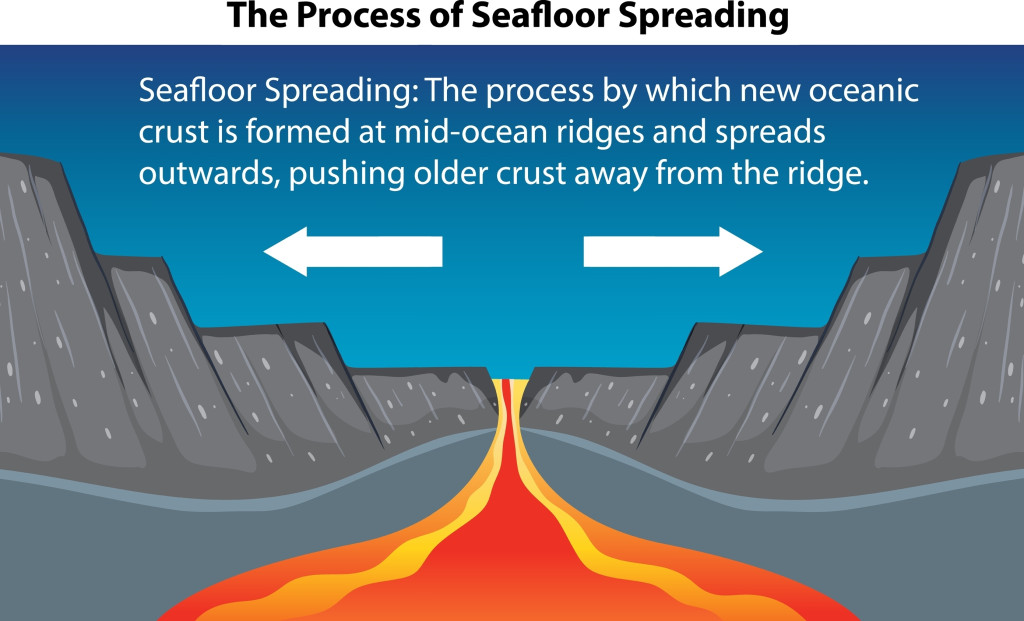
The Pacific Ocean Is Shrinking
The Pacific Ocean is the world’s largest ocean, occupying approximately 63.8 million square miles. That’s 46% of the total surface area of Earth!
To put this in context, consider the Pacific Ocean as a massive swimming pool. Now, think about trying to fill that pool with all the water in all the world’s rivers, lakes, and streams. That pool would take over 500 years to fill, assuming no evaporation or leaks!
Despite its massive size, the Pacific Ocean is actually shrinking. This is due to the Pacific plate, the Earth’s largest tectonic plate, being pushed beneath other plates in a process known as subduction. The Pacific plate shrinks as it moves deeper into the Earth’s mantle, causing the ocean above it to contract. It’s like removing pieces from a puzzle to make it smaller and more compact.
You can imagine a sandwich press to better understand subduction. The two plates are analogous to two slices of bread, and the subduction zone is analogous to the filling. The two slices of bread come together as the sandwich press heats up, and the filling is pushed out. At a subduction zone, the same thing happens, but instead of filling, magma rises to the surface and forms volcanoes.
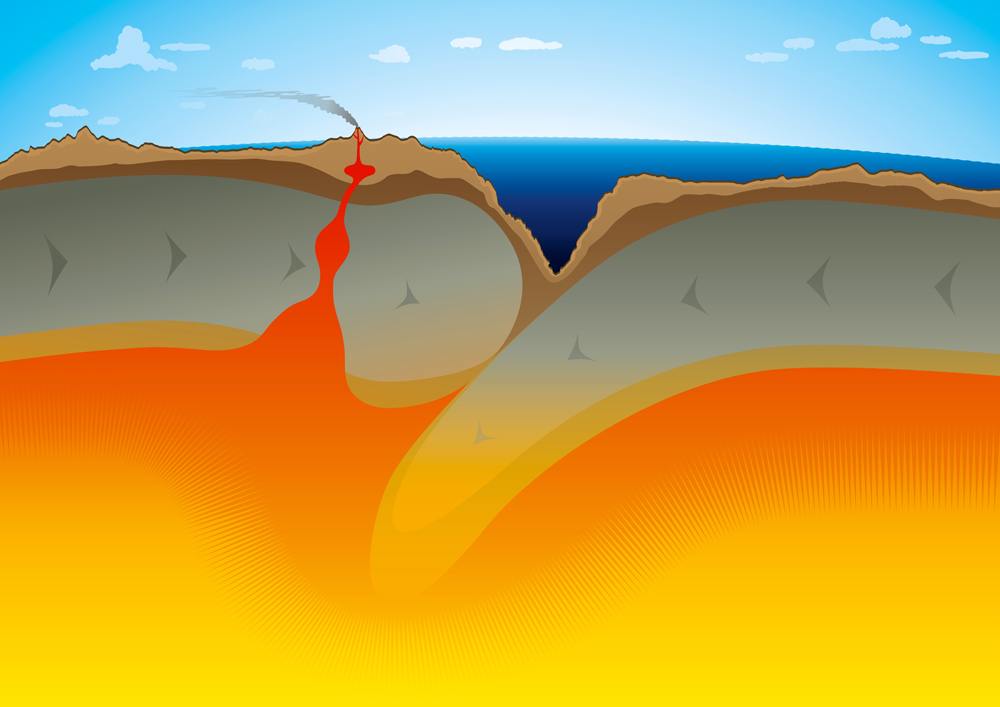
Conclusion
The movement of tectonic plates is what causes the size of our oceans to slowly change. The Atlantic Ocean is expanding due to the formation of new oceanic crust at the mid-Atlantic ridge, while the Pacific Ocean is contracting due to the subduction of the Pacific plate beneath surrounding plates. These geological processes are ongoing and have been shaping the world as we know it for millions of years.
So, the next time you look at a world map, remember that it is only a snapshot of a constantly changing and dynamic planet. The oceans are more than just vast bodies of water; they are the result of tectonic plate interactions that continue to shape the foundation of our world. It’s like a never-ending dance in which the movements of one plate affect the others, resulting in a breathtaking and ever-changing planetary masterpiece.
References (click to expand)
- The Science of Earthquakes | U.S. Geological Survey.
- Garfunkel, Z. (1975). Growth, shrinking, and long‐term evolution of plates and their implications for the flow pattern in the mantle. Journal of Geophysical Research, 80(32), 4425-4432.
- Giráldez, A. (2021). “The Last Link of an Emergent Global Economy: The Manila Galleon”. Palgrave Studies in Comparative Global History. Springer International Publishing.
- How big is the Atlantic Ocean?.
- (PDF) Emerging Challenges Threatening the Atlantic and ....

